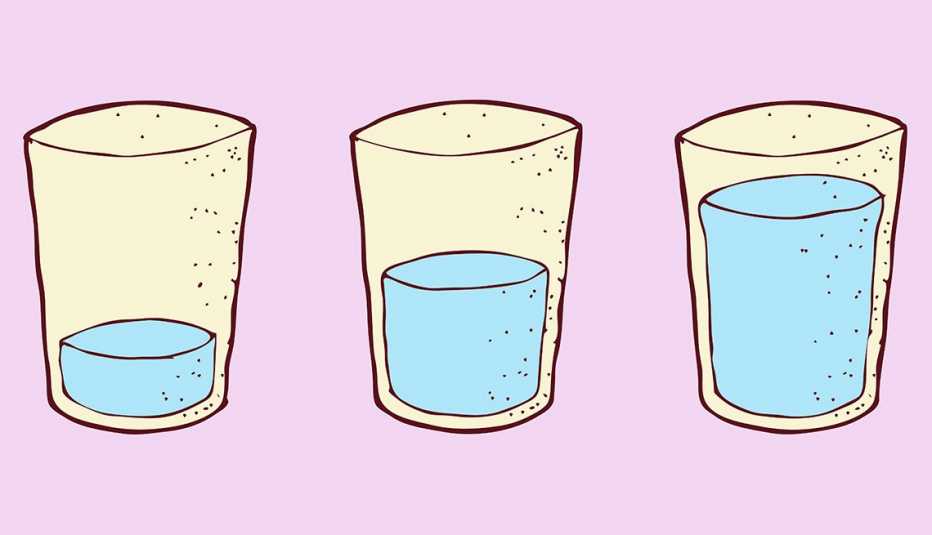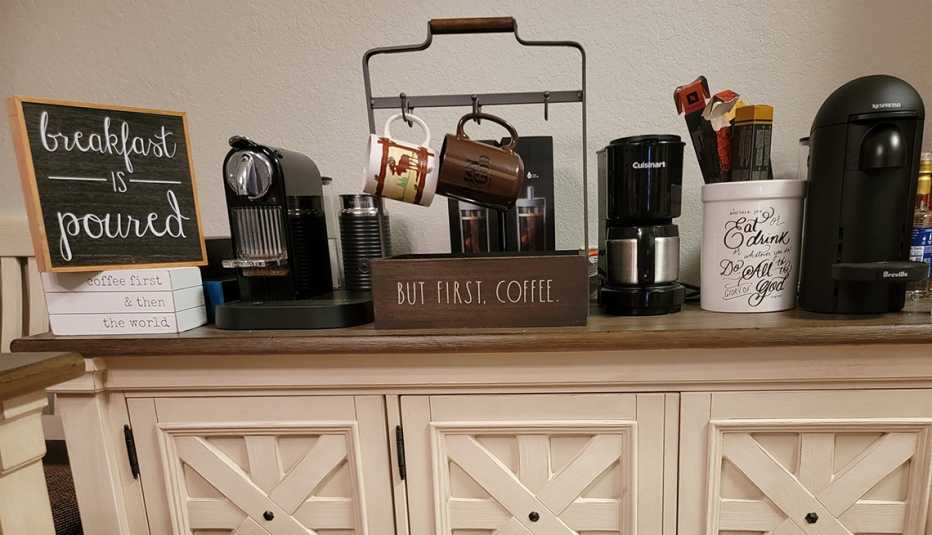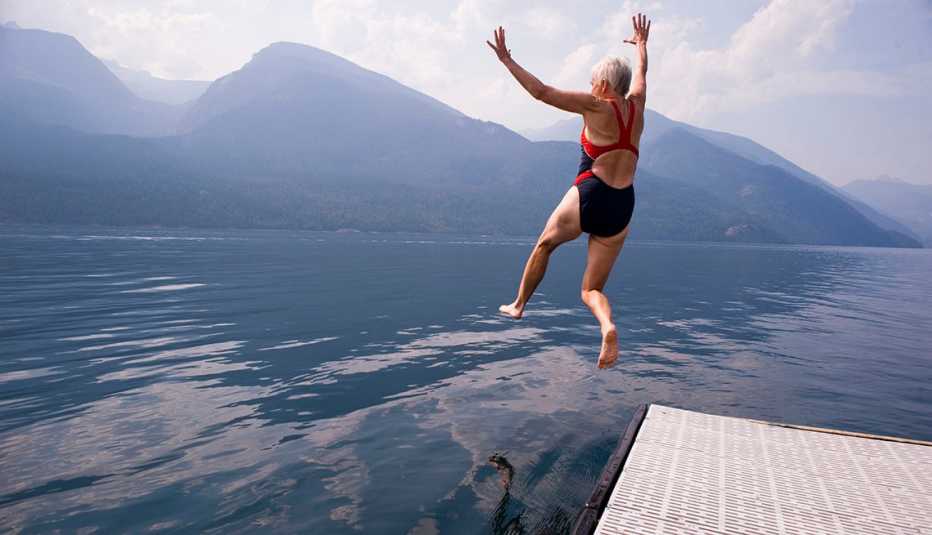AARP Hearing Center
It may have started with Dry January, but for many people, the idea of eliminating or at least cutting down on alcoholic drinks has taken hold.
Part of the reason may be the explosion of options for mocktails these days. The many new products in the category of nonalcoholic spirits (or NA spirits) don’t contain ethyl alcohol but instead mimic the role of booze when mixed into a drink.
Nonalcoholic beer and wine are also making strides as producers figure out how to remove alcohol but retain flavor profiles so they taste closer to the real thing.
If you’re considering cutting back on alcohol or are just mocktail curious, here are some things to know.
What are NA spirits made of?
If there is no alcohol in these offerings, then what’s in there? The base often starts with distilled water, which is infused with various flavors and botanicals. Some producers blend oils, sugars, flavors and colors to mimic alcoholic spirits. And some include trendy wellness additions like adaptogens (made from herbs, roots and plants) and nootropics (synthetic or derived from plants) that purport to provide a natural buzz without a hangover.
If you’re sensitive to certain ingredients, pay attention to the labels. Some NA spirits have a natural flavor profile, while others use artificial flavors or sweeteners. Some have added sugar syrups.
Expect to pay $30 to $40 a bottle, similar in cost to regular hard alcohol.
Carlos Ruiz, a mixologist and beverage consultant, recommends looking for an NA gin or tequila as a start.
“Gin is naturally made with a lot of botanicals, with juniper berries as a focus, so it’s easier to emulate in a nonalcoholic spirit,” Ruiz says.
Tequila is his second choice, as it’s based on agave, a more natural sugar that’s used in NA spirits.
But don’t expect NA spirits to have the burn that comes with alcohol. “Most of these you won’t want to drink neat or on the rocks …they aren’t going to taste exactly like spirits,” says mixologist Amanda Richardson of Merchant and Trade, a bar in Charlotte, North Carolina.
As for those ready-to-drink cocktails consumers can buy? They may be tempting because all you need to do is pop open a can, but Ruiz says to avoid most of them. “Most feel like you are overpaying for juice,” he says. He encourages people to try to make their own cocktails at home.






































































